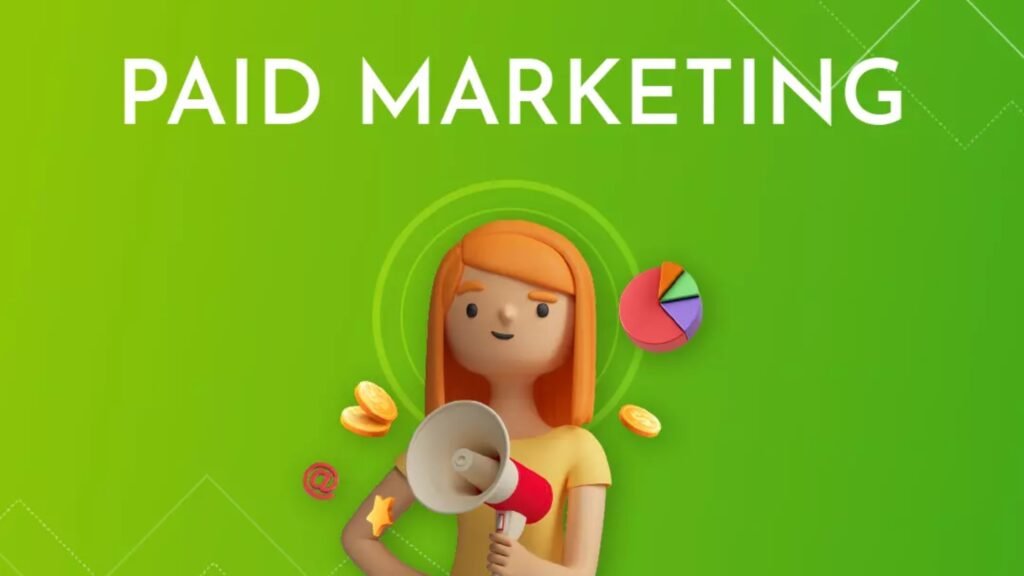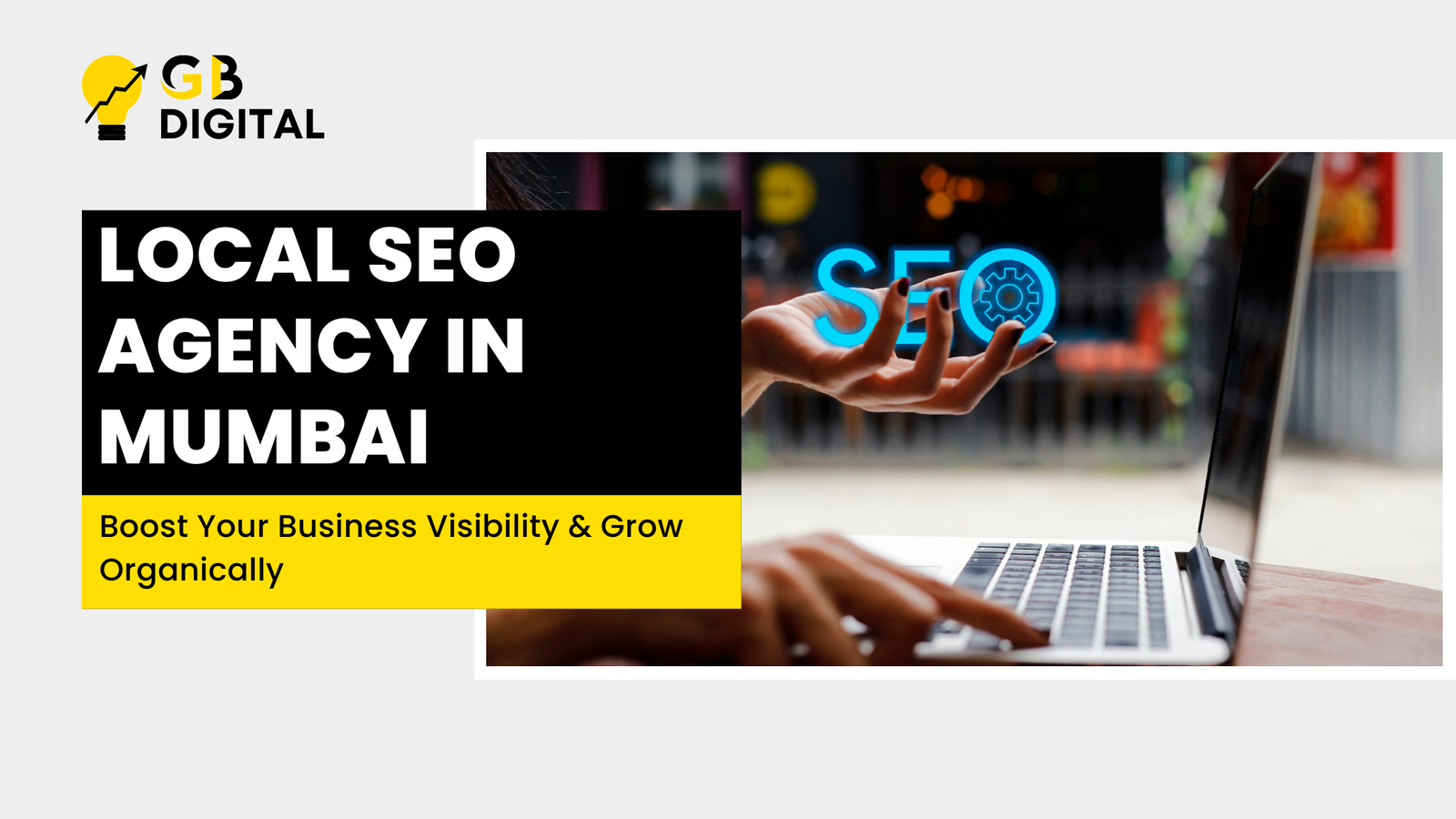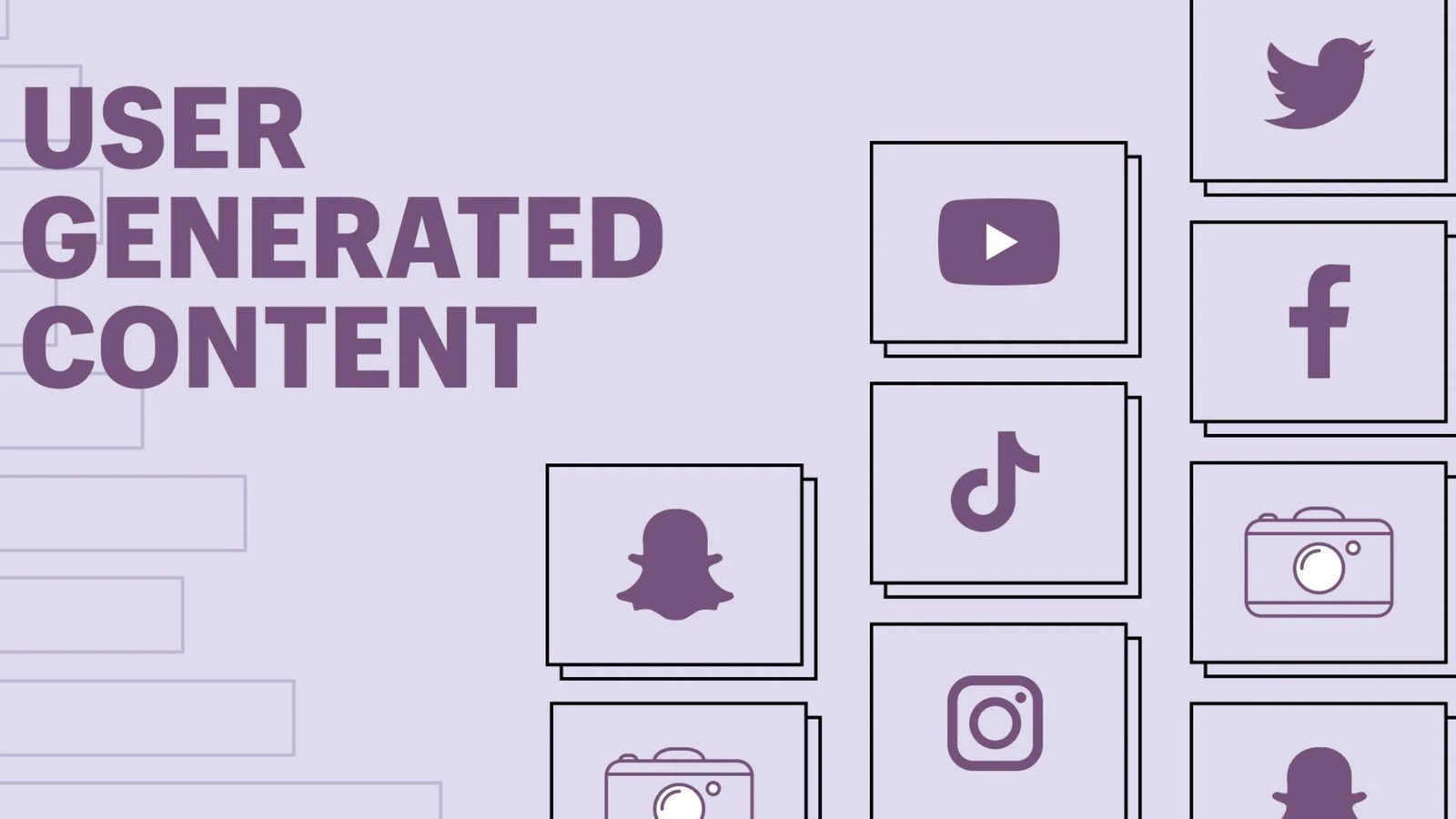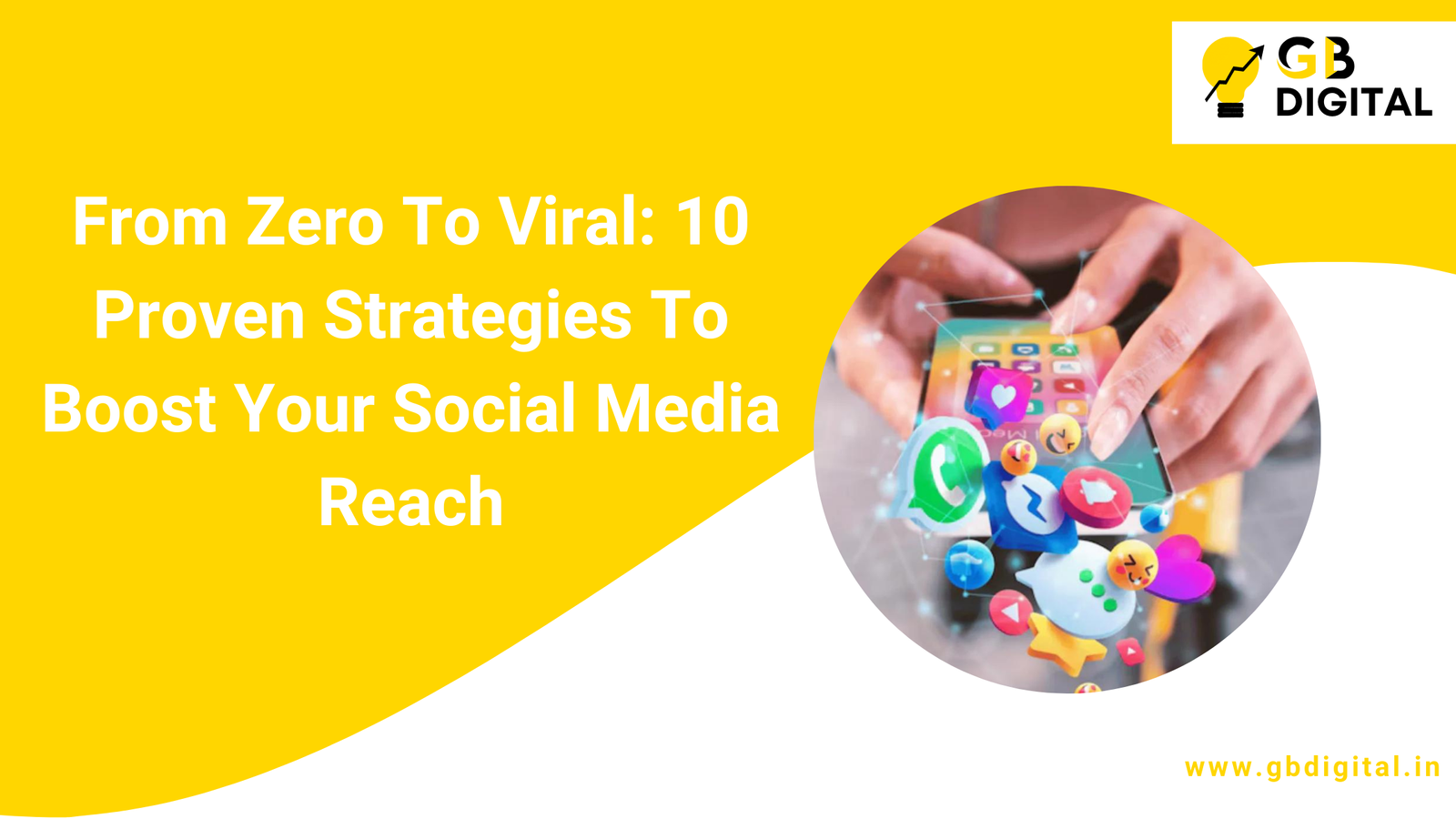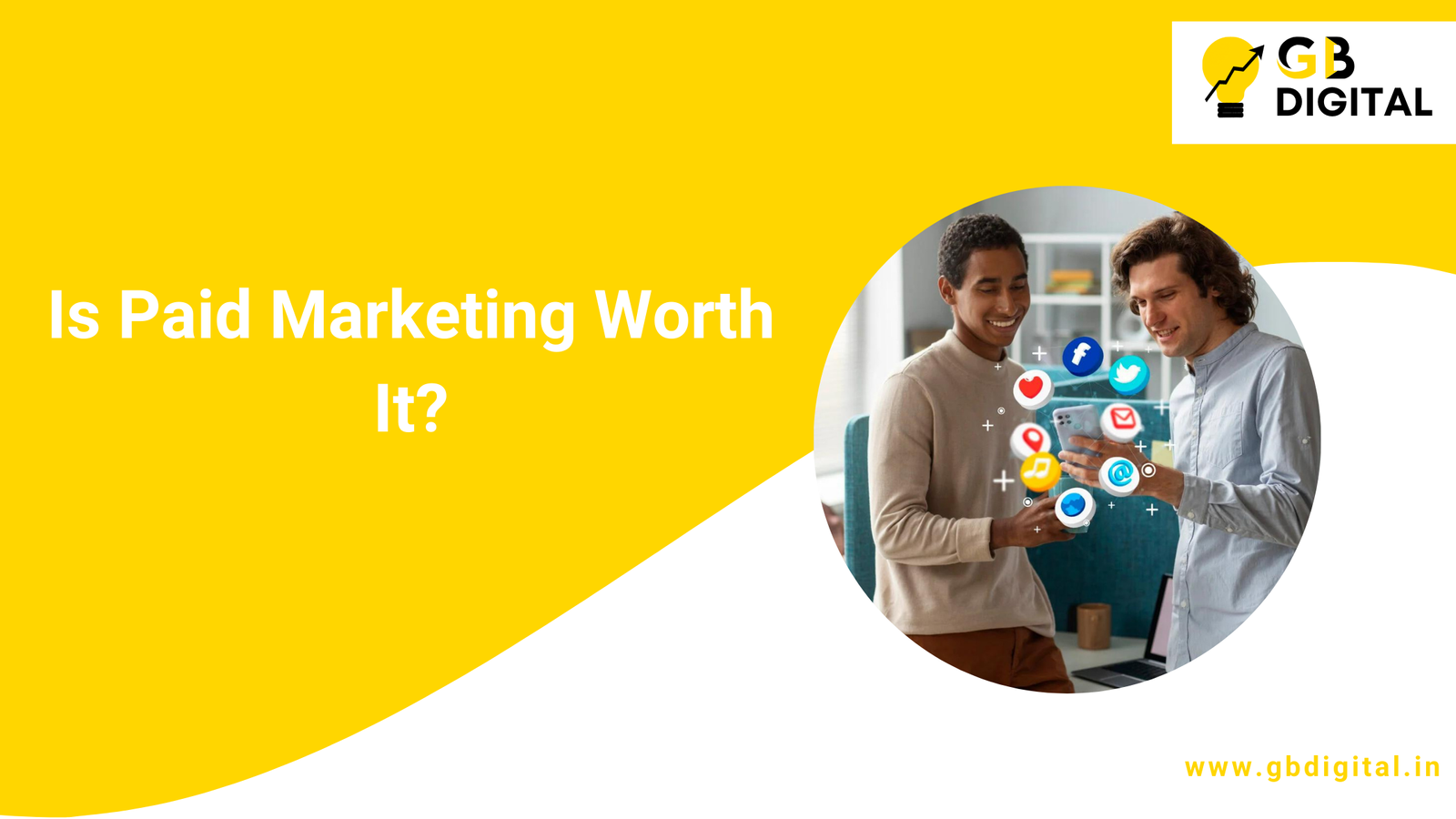In today’s highly competitive market, paid marketing for sportswear brands is essential to stand out, attract customers, and increase sales. With digital advertising evolving rapidly, brands need strategic and data-driven marketing approaches to maximize their ROI.
Whether you’re an established sportswear brand or a growing startup, the right paid marketing strategies can help you scale effectively. This blog explores five powerful paid marketing strategies tailored for sportswear brands, ensuring better engagement, conversions, and brand loyalty.
1. Social Media Advertising – Engage & Convert Your Audience

Why Social Media Ads Matter for Sportswear Brands
Social media platforms like Facebook, Instagram, and TikTok offer robust advertising tools to target fitness enthusiasts, athletes, and casual wear consumers. With advanced targeting options, brands can reach their ideal customers based on interests, demographics, and behaviors.
Best Social Media Ad Strategies
- Video & Reels Ads: Showcase your sportswear in action through high-quality videos featuring athletes and influencers.
- Carousel & Collection Ads: Highlight multiple products in a single ad to increase engagement.
- Influencer Collaborations: Run paid partnerships with fitness influencers to boost credibility and reach.
- Retargeting Ads: Show ads to users who have visited your website or engaged with your content but haven’t made a purchase.
Pro Tip: Use Instagram Shopping Ads and TikTok Spark Ads to enable direct purchases within the platform.
2. Google Ads & PPC Campaigns – Capture High-Intent Shoppers
Why Google Ads Work for Sportswear Brands
Google Ads help capture high-intent buyers searching for specific products like “best running shoes” or “moisture-wicking gym shirts.” With search ads, display ads, and shopping ads, brands can reach potential buyers at different stages of the buying journey.
Effective Google Ads Strategies
- Branded Search Ads: Target users searching for your brand name to prevent competitors from stealing your traffic.
- Shopping Ads: Feature product images, prices, and reviews in Google Shopping results for higher click-through rates.
- Performance Max Campaigns: Utilize AI-driven Google Ads that optimize across multiple channels, including YouTube, Gmail, and Search.
- Dynamic Remarketing: Show personalized ads to users who viewed specific products on your website.
Pro Tip: Optimize product listings with high-quality images, clear pricing, and persuasive ad copy for better conversion rates.
3. Influencer & Athlete Sponsorships – Build Trust & Authority
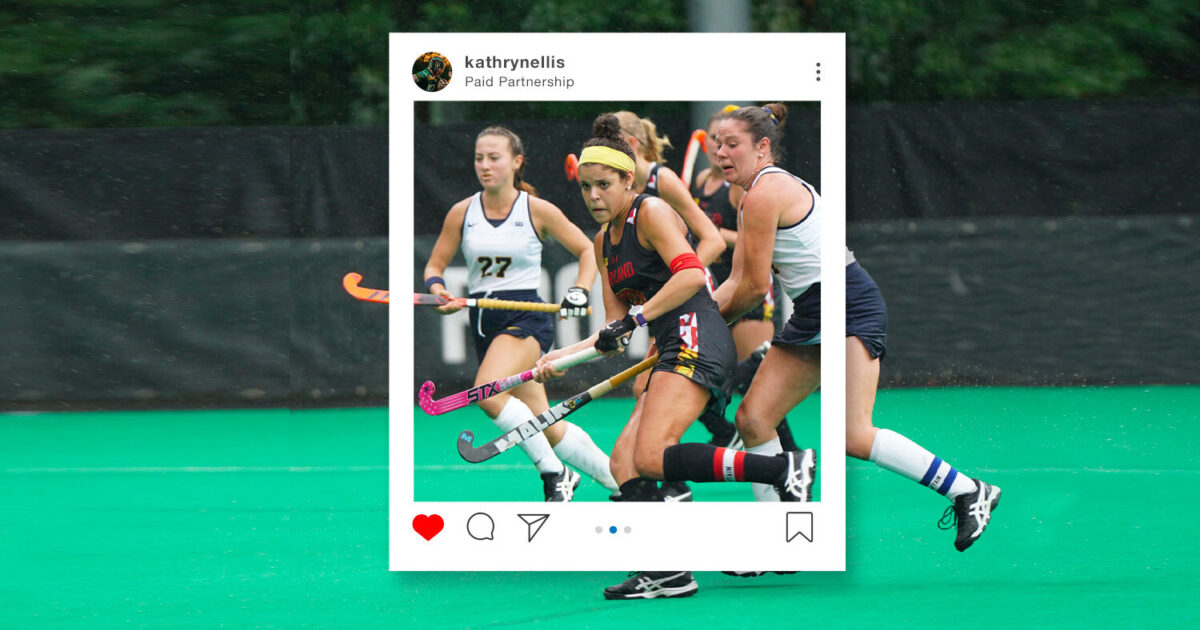
Why Influencer Marketing is Essential for Sportswear Brands
Influencers, especially athletes and fitness trainers, drive brand credibility and social proof. Consumers trust recommendations from influencers more than direct brand advertisements.
How to Leverage Influencer Marketing
- Micro-Influencers (10k-50k Followers): Affordable and high engagement rates. Ideal for niche audiences.
- Macro-Influencers (100k+ Followers): Broader reach but higher costs. Suitable for brand awareness.
- Sponsored Athlete Collaborations: Partner with local or professional athletes to promote your brand authentically.
- Affiliate Programs: Offer influencers a commission for every sale generated through their referral links.
Pro Tip: Use platforms like Upfluence, AspireIQ, and Heepsy to find and collaborate with sports influencers.
4. Retargeting & Email Marketing – Convert Abandoned Visitors
The Power of Retargeting for Sportswear Sales
A large percentage of website visitors don’t make a purchase on their first visit. Retargeting ads ensure that your brand stays on their mind until they convert.
Best Retargeting Practices
- Facebook & Instagram Retargeting Ads: Show ads to users who viewed your products but didn’t buy.
- Google Display Retargeting: Keep your brand visible across websites and YouTube videos.
- Dynamic Product Retargeting: Show personalized ads featuring products users interacted with.
Email Marketing for Retargeting & Engagement
Email marketing remains one of the highest ROI digital marketing channels for sportswear brands.
Effective Email Strategies:
- Cart Abandonment Emails: Remind users to complete their purchase with limited-time discounts.
- New Collection Announcements: Promote exclusive launches to your subscriber list.
- Loyalty & Discount Programs: Reward repeat customers with special offers.
- Seasonal & Holiday Promotions: Encourage purchases during fitness trends and holiday seasons.
Pro Tip: Use Klaviyo or Mailchimp for automated email sequences and segmentation.
5. YouTube & Video Marketing – Boost Engagement & Brand Awareness

Why Video Marketing Works for Sportswear Brands
Video content drives higher engagement, trust, and conversions than static images. Platforms like YouTube, Instagram Reels, and TikTok are key for sportswear marketing.
Best Video Marketing Strategies
- YouTube Ads: Run skippable and non-skippable ads targeting fitness and sports audiences.
- Behind-the-Scenes Content: Showcase the fabric quality, durability, and testing process of your sportswear.
- User-Generated Content: Feature real customers wearing your brand to build authenticity.
- Live Workouts & Tutorials: Engage your audience with fitness-related content that includes your products.
Pro Tip: Optimize video content with SEO-friendly titles, descriptions, and hashtags like #Activewear #SportswearStyle for better discoverability.
Conclusion
A well-executed paid marketing strategy for sportswear brands can drive brand awareness, engagement, and sales. By leveraging social media ads, Google PPC campaigns, influencer partnerships, retargeting, and video marketing, your brand can outperform competitors and achieve long-term growth.
To maximize results, consistently analyze your ad performance, A/B test different strategies, and optimize your campaigns based on data insights.
Which strategy do you plan to implement first? Let us know in the comments!
FAQs
Q1. What is the most effective paid marketing strategy for sportswear brands?
The best strategy depends on your target audience, but Google Shopping Ads, Instagram Ads, and Influencer Marketing generally offer high returns.
Q2. How much should a sportswear brand spend on paid marketing?
Budgets vary based on brand size and goals. Start with 10-15% of your monthly revenue and adjust based on ROI.
Q3. How can small sportswear brands compete with big brands in paid marketing?
Focus on niche targeting, micro-influencer partnerships, and retargeting ads to build brand loyalty cost-effectively.
Q4. Are Google Ads or Facebook Ads better for sportswear brands?
Both work well, but Google Ads capture high-intent buyers, while Facebook Ads excel in brand discovery and engagement.
Q5. How can I measure the success of my paid marketing campaigns?
Track click-through rates (CTR), conversion rates, cost per acquisition (CPA), and return on ad spend (ROAS) using Google Analytics and Meta Business Suite.

